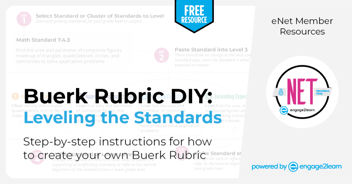How One-on-One Meetings Changed the Way We Do Business | engage2learn
People often ask me if I had always planned to own my own business. The answer is surprisingly no! I thought I would be a classroom teacher until our children graduated and then become a professor. So, when this path presented itself, I had to learn how to be an entrepreneur and run a business from the ground up. To that end, I have studied organizational theory extensively, read everything I could get my hands on, and learned from some of the most innovative CEOs on the planet. I knew that I wanted a flat organization, and it only makes sense for us to be virtual. Those unique aspects of our organization have added a little more challenge to leadership! Nevertheless, I am thankful to have learned so much from so many others about how to lead a successful business with a thriving culture.
At engage2learn, we have implemented many elegant and effective systems over the years, but I want to share with you my concept of one-on-one standing meetings, which is a simple system that makes a huge difference in our organization. The idea is this: each person in the organization engages in a 20-minute, one-on-one phone call every week with each person they support. Personally, I have 10 separate one-on-one calls each week for those personnel whom I coach. To do so, I block the first part of my work day and begin my day with one to three one-on-one calls. The format and protocol for these are simple. Each of the leaders with whom I have a one-on-one creates a brief with updates and questions, and he or she shares it with me beforehand. We go through that one-pager and answer all need to knows (n2Ks) and clarifying questions. We stick to the 20 minutes faithfully!
The greatest benefits to these weekly, standing one-on-one calls is that we are able to stay connected, make quick, agile decisions, and avoid bottlenecks. They also enable us, as an organization, to avoid long meetings with nearly 50 people waiting for their turn to talk. Additionally, the one-pager brief is a way to quickly summarize all the hustle: work that is happening continuously, both state and nation-wide; creating that one-pager helps people to focus upon what is important for that particular week. Lastly, the one-pager becomes a record of our call, including the decisions that were made, so that we can reference them later if necessary. I believe firmly that the pace at which we are able to work and serve our partner school districts is greatly enhanced by our one-on-one system. What systems make your organization successful? Have you tried using one-on-ones? Please share your thoughts below.




